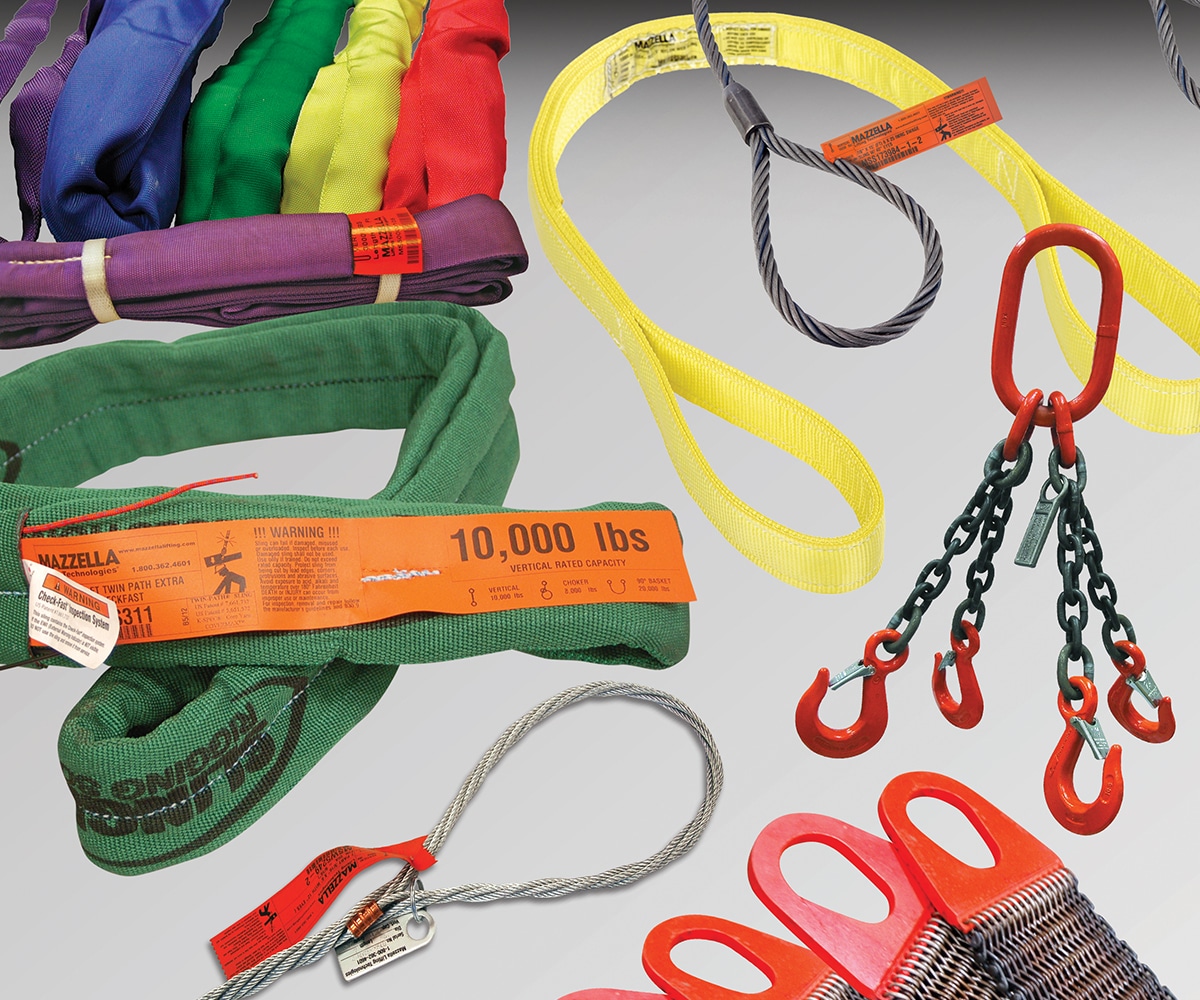
Slings are indispensable tools in various industries, facilitating the lifting and handling of heavy loads with ease and efficiency. However, their effectiveness hinges on proper usage and maintenance. Neglecting safety protocols can lead to accidents, injuries, and even fatalities. Therefore, it's paramount to prioritize safety when utilizing slings in any work environment.
Inspecting Slings Before Use
The first step in ensuring safety is conducting thorough inspections before using slings. Check for any signs of wear, damage, or deformities such as cuts, abrasions, or broken stitches. Pay close attention to load-bearing components, connections, and attachments. Any defects detected should prompt immediate removal from service and replacement with a new sling.
Proper Sling Selection
Selecting the appropriate sling for the task at hand is vital for maintaining safety standards. Consider factors such as load weight, shape, size, and center of gravity when choosing a sling. Using the wrong type or size of sling can compromise lifting stability and increase the risk of accidents. Consult manufacturer guidelines and industry standards to ensure compatibility with the intended application.
Weight Limits and Load Handling
Respecting weight limits and load capacities is non-negotiable when it comes to sling safety. Overloading slings beyond their rated capacity can lead to catastrophic failure and endanger personnel and property. Implement proper rigging techniques, including calculating load weights and distributing them evenly across multiple slings if necessary. Never exceed the specified weight limits, and always err on the side of caution to prevent accidents.
Safe Lifting Practices
Adhering to safe lifting practices is essential for mitigating risks associated with sling usage. Ensure that all personnel involved in lifting operations are adequately trained and competent in proper rigging techniques. Emphasize the importance of communication, coordination, and teamwork to execute lifts smoothly and safely. Avoid sudden movements, jerks, or swings that could destabilize the load and jeopardize safety.
Environmental Considerations
Environmental factors such as temperature, humidity, and exposure to chemicals or corrosive substances can affect the integrity of slings. Take precautions to protect slings from adverse conditions that may compromise their strength and durability. Store slings in a clean, dry environment away from direct sunlight and harmful contaminants. Inspect slings regularly for signs of degradation caused by environmental factors and replace them as needed.
Maintenance and Storage
Proper maintenance and storage practices are essential for prolonging the lifespan of slings and ensuring their continued reliability. Clean slings regularly to remove dirt, debris, and other contaminants that can cause abrasion or corrosion. Inspect slings for any signs of damage or wear after each use and address issues promptly. Store slings in designated areas away from sharp edges, chemicals, and other potential hazards.
Training and Education
Investing in comprehensive training and education programs is key to fostering a culture of safety and accountability in sling usage. Provide employees with training on proper sling handling, inspection procedures, and safety protocols. Encourage open communication and reporting of any concerns or incidents related to sling usage. Regularly review and update safety policies and procedures to incorporate best practices and address emerging risks.
Conclusion
Safety should always be the top priority when working with slings. By following proper usage and maintenance protocols, organizations can minimize the risk of accidents, injuries, and costly downtime. From thorough inspections to ongoing training, every step taken to ensure sling safety contributes to a safer and more productive work environment. Remember, when it comes to slings, safety always comes first.






